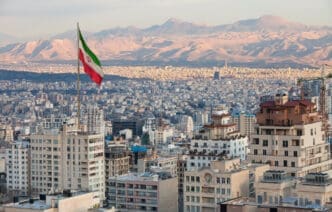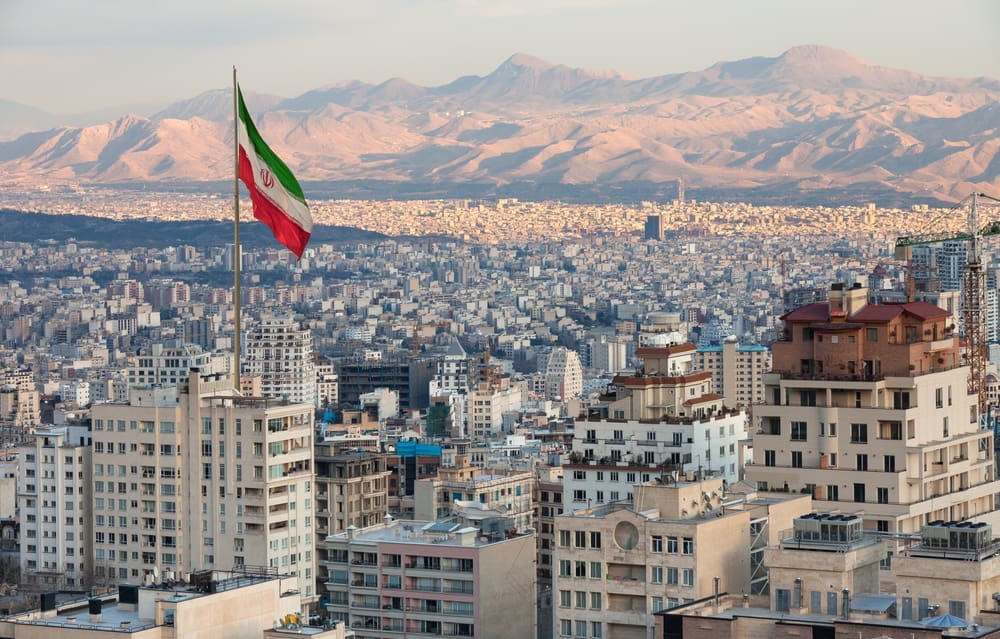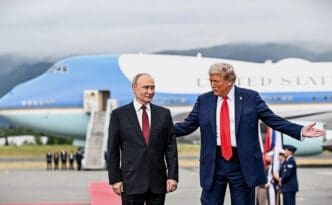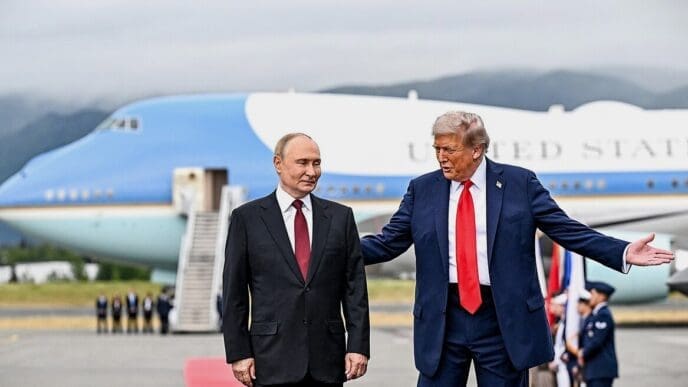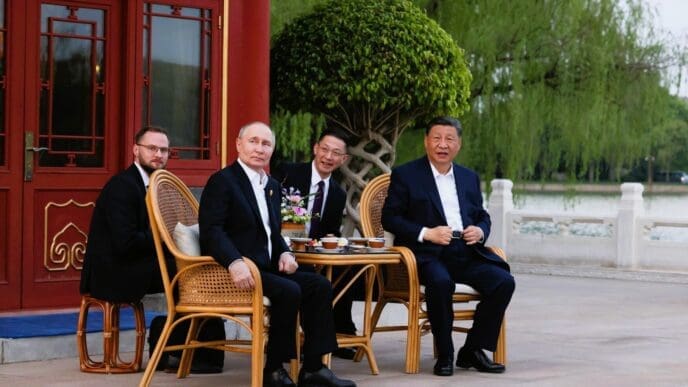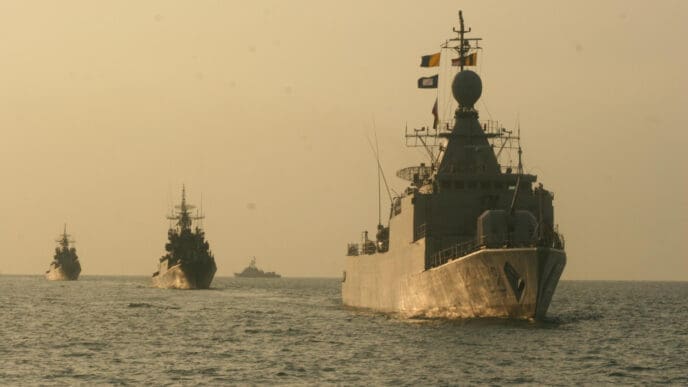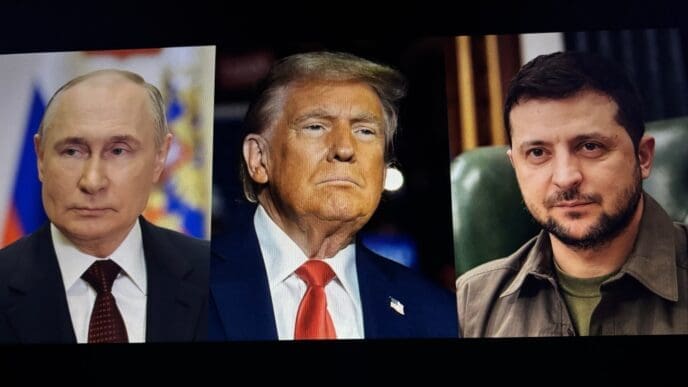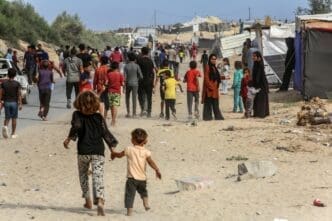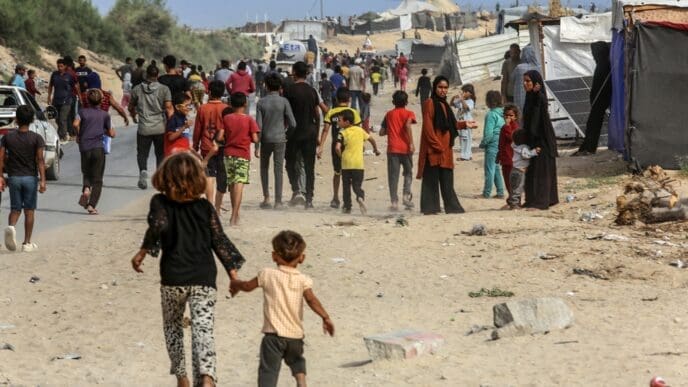Iran’s President, Masoud Pezeshkian, announced on Sunday that the Islamic Republic has rejected direct talks with the United States regarding its swiftly advancing nuclear program. This marks Tehran’s initial response to a letter from President Donald Trump addressed to the country’s supreme leader. The response, conveyed through the Sultanate of Oman, leaves the door open for indirect discussions with Washington. Nevertheless, since Trump unilaterally withdrew the U.S. from Tehran’s nuclear deal with global powers in 2018, such negotiations have stalled. These years have seen escalated regional tensions, culminating in both sea and land conflicts.
Recent events, such as the Israel-Hamas war in Gaza, which saw Israel targeting leaders of militant groups within Iran’s “Axis of Resistance,” have further strained relations. With the U.S. now conducting targeted airstrikes against Iranian-backed Houthi rebels in Yemen, the possibility of military action against Iran’s nuclear facilities remains a looming threat. “We do not shy away from dialogue; it is the breach of commitments that has posed challenges for us,” said Pezeshkian during a televised Cabinet meeting. “Trust needs to be rebuilt by the other side.” The White House has yet to comment on this development.
Iran’s stance has grown more rigid following Trump’s letter. The announcement by Pezeshkian underscores the shifts within Iran since his election six months ago, during which he pledged to re-engage with Western nations. However, Iran’s economy has struggled under Trump’s renewed “maximum pressure” campaign, causing the rial currency to plunge. Although Pezeshkian initially remained open to talks, Supreme Leader Ayatollah Ali Khamenei denounced discussions with Trump’s administration as “unwise and dishonorable” in February, prompting a hardening of Iran’s position.
While mixed messages have emerged from Iran in recent weeks, videos from Quds Day demonstrations featured chants of “Death to Israel,” a departure from the usual inclusion of “Death to America.” Additionally, a recently unveiled missile base video from Iran’s Revolutionary Guard showed soldiers stepping on an Israeli flag, omitting the American flag commonly seen in propaganda. Despite these gestures, Press TV, Iran’s English-language state broadcaster, listed U.S. military bases in the Middle East as potential targets, including Camp Thunder Cove on Diego Garcia, where stealth B-2 bombers are reportedly stationed.
Parliament Speaker Mohammad Bagher Qalibaf cautioned, “The Americans are aware of their vulnerability. Violating Iran’s sovereignty could ignite the entire region, endangering their bases and allies.” However, Iran’s recent direct missile and drone attacks on Israel inflicted minimal damage, with Israel swiftly retaliating by demolishing Iranian air defense systems.
Trump’s recent correspondence, delivered to Iran on March 12, echoed his earlier letters to North Korean leader Kim Jong Un, which led to meetings but failed to curb Pyongyang’s nuclear ambitions. The letter arrived amidst growing anxiety over Iran’s uranium enrichment nearing weapon-grade levels, prompting both Israel and the U.S. to vow to prevent Iran from acquiring a nuclear weapon. Iran has consistently insisted that its nuclear program is intended for peaceful purposes, though officials have increasingly suggested otherwise. A February report by the U.N.’s nuclear watchdog confirmed that Iran has accelerated its production of near weapons-grade uranium.
Iran’s hesitance to engage with Trump is also influenced by his order to assassinate Iranian General Qassem Soleimani in January 2020. Allegations have surfaced that Iran has plotted to assassinate Trump, although Tehran has denied these claims while continuing to issue threats.
The Ripple Effect
- Regional Stability: Increased tensions between Iran and the U.S. could destabilize the Middle East, impacting regional security and alliances.
- Economic Strain: Continued sanctions and economic pressure may exacerbate Iran’s domestic economic challenges, affecting everyday citizens’ livelihoods.
- Energy Markets: Fluctuations in oil prices could arise from heightened geopolitical tensions, potentially impacting global energy markets and prices at the pump.
- Global Diplomacy: The strained relations might influence diplomatic efforts involving other nations, affecting international cooperation on nuclear non-proliferation.
- Military Engagement: The risk of military confrontations could lead to increased military presence and spending in the region by the U.S. and its allies.
- Civilian Safety: Potential conflicts may threaten civilian safety in affected regions, prompting international humanitarian concerns.

